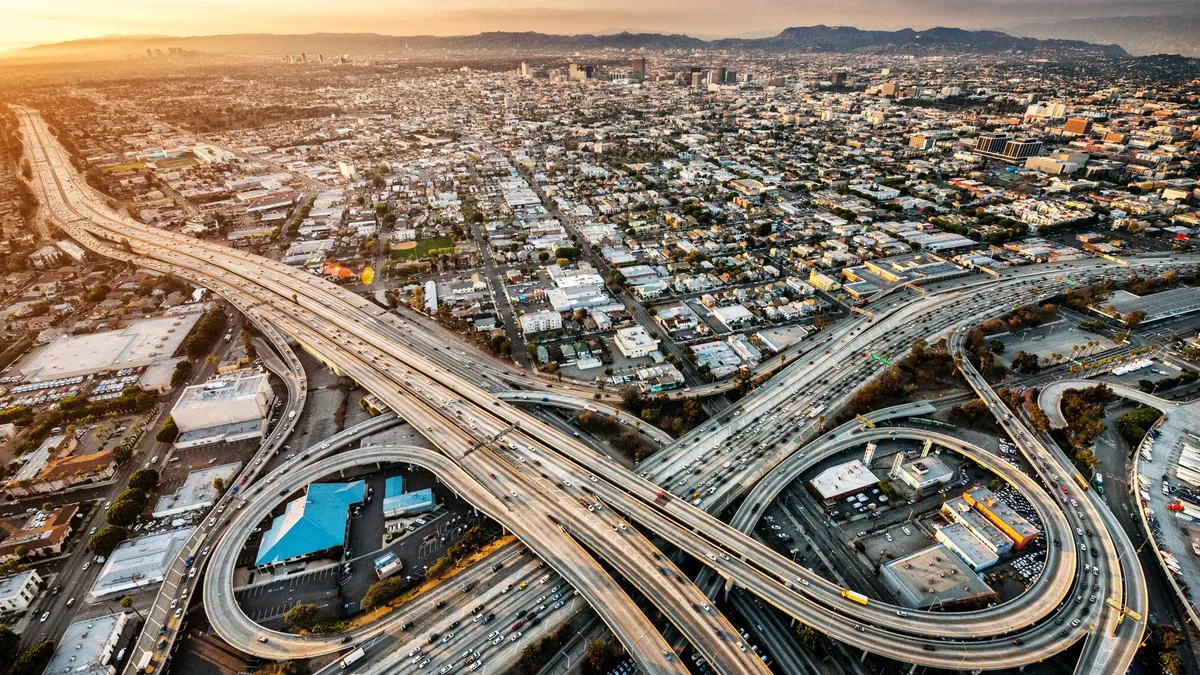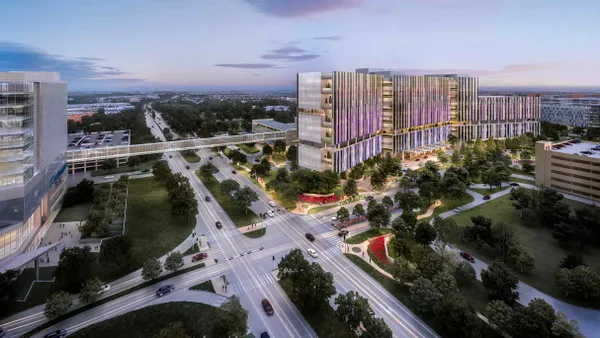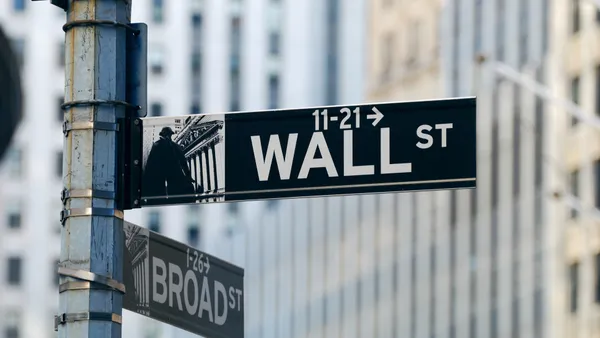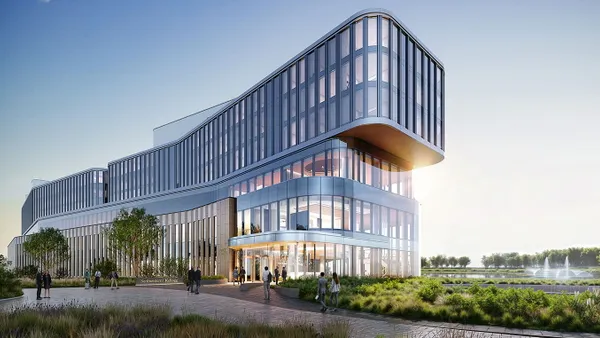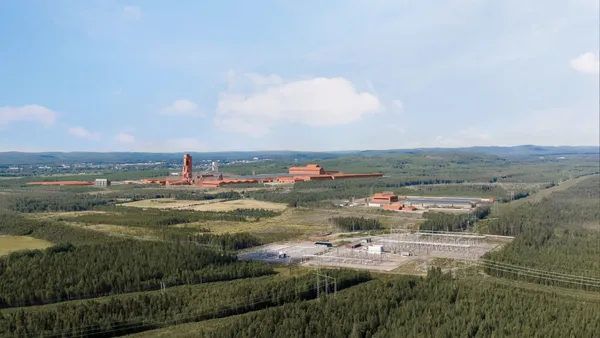Cities are facing more challenges than ever before, as expanding populations put stress on transportation systems, social services, energy infrastructure and other vital aspects of daily life. To tackle these obstacles, public and private sector leaders are turning to innovation to offer solutions that can make cities more efficient and effective for their residents.
At the Smart Cities Connect Conference and Expo in Austin, TX, this week, leaders from cities across the globe joined together with private companies, nonprofits and researchers to discuss the rapidly evolving world of so-called smart cities. However, the definition of a smart city is far from absolute, as everyone seemed to offer a different take on the concept.
We gathered insights from eight industry leaders — through panels and interviews — on how to define the concept of a smart city. Do you have a different definition to share? Let us know.
"The smart city is a city that anticipates future need in a really elegant way. And elegant means taking a look at the confluence of function, resilience, sustainability, wellness — it’s all of it. Even though 'smart' seems to be synonymous with technology, it certainly goes way beyond the technology. What does it accomplish, and how does it improve the lives of the citizens?"
— Elizabeth Heider, Chief Sustainability Officer for Skanska USA
"I know this will not make me popular, but my definition of a smart city is a city where the majority of adults know the basics of science and math. If you don't have that, you can't have a discussion with the population. But I know that's not what they're talking about at this conference. 'Smart cities' is probably a bundle of technology that can help us get more data and make decisions that also might help us respond more quickly to situations. Beyond that, I look quickly past that term to see if it's actually something we can use."
— Jerry Tinianow, Chief Sustainability Officer for the City of Denver
"A smart city is a city that yes, uses technology, that yes, is operating in a resilient and renewable way. But at its very core, a smart city is a city that has truly been able to look inside itself to identify what its challenges are, what its people and residents need to have the quality of life they want, and to uniquely craft solutions to enable the city to be able to deal with those challenges."
— Steve Adler, Mayor of Austin, TX
"Smart cities to us mean having a very robust network and communications backbone across the city that allows us to take advantage of technology and data tools to better serve our residents, promote economic development, promote sustainability efforts and be more responsive to our citizens' needs. Sustainability and smart are definitely connected. You cannot claim to be a smart city if you’re not sustainable."
— Dennis Gakunga, Chief Sustainability Officer for the City of Chula Vista, CA
"It's a city where the city services are provided easily, affordably; the citizens are able to connect with their government; the government is able to anticipate and provide improved services in an economic fashion and, as importantly, to create a livable city and a socially vibrant city along with [dealing] with the environmental side and being socially responsible."
— Jeff Cassis, SVP of Systems and Services, Philips Lighting
"A smart city is a government that uses information technology to improve the lives of its citizens."
— Jennifer Robinson, Director of Local Government Solutions, SAS
"What we speak of as 'Smart City 1.0' was really focused on city hall. 'Smart City 2.0' is focused on technology, but it's with the citizen first. You have to engage the entire community to successfully enable a smart city."
— Jori Mendel, Director of Sales, AT&T Smart Cities
"When we look at the smart city, it means so many things to different people … We see this architecture battle that's happening right now. There's three distinct architectures. There's this incumbent architecture — siloed, closed, proprietary standards — and most of the city is built on this incumbent architecture. Then what you have is the monolith architecture — this is [made up of] the big, usually multinational companies that come in and rightfully say, 'You have all of this proprietary closed stuff, let us come in as a system integrator and we'll glue it all together' … You essentially trade a siloed, closed architecture for a monolithic, closed architecture … And then the third architecture is what we called the open architecture, or the standards-based architecture … The cities certainly gravitate to that [type of architecture] for lots of reasons, some good, some bad … For me, a smart city means standards-based open architecture, we just have to get kind of unstuck from the [monolithic]."
— Kurtis McBride, CEO and co-founder of Miovision


